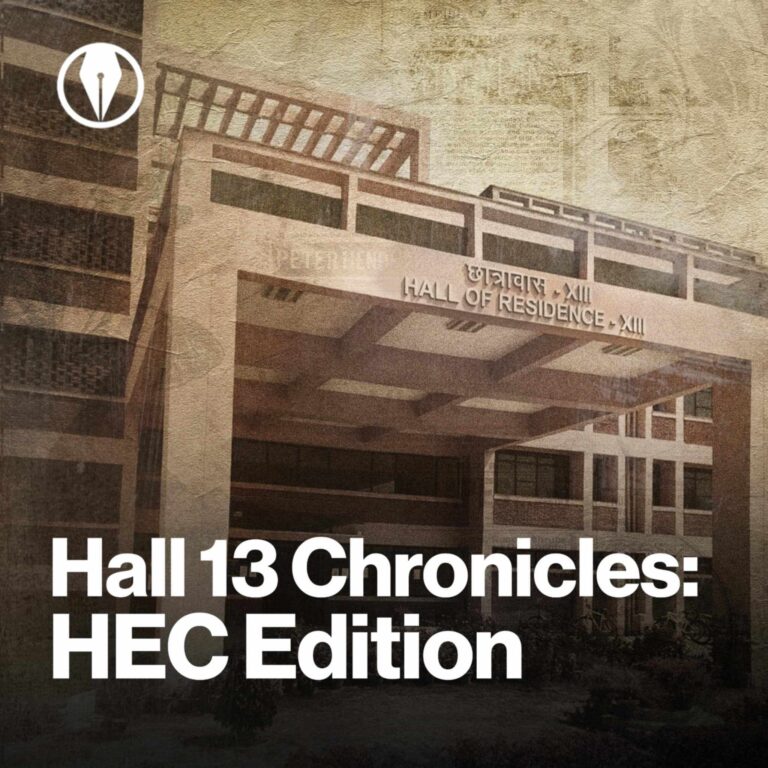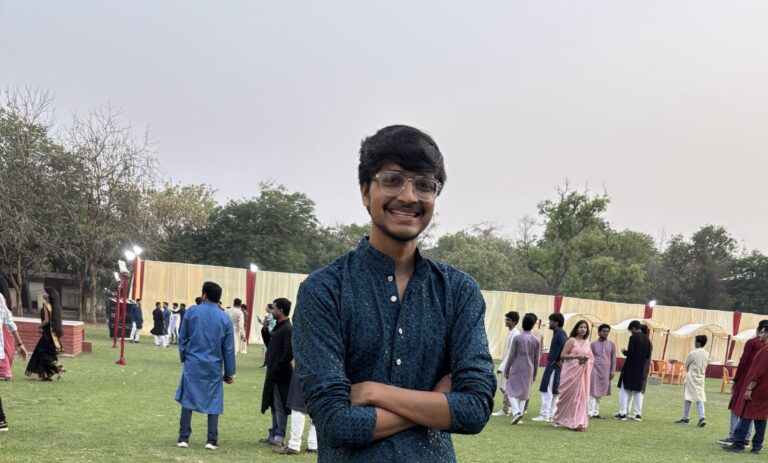Well-conducted research is vital to the success of global endeavors. Not only does research form the foundation of program development and policies all over the world, it can also be translated into effective global programs. With so much at stake, it is vital that for our institute to encourage research. It is important to ensure that the PhD students, who do research as part of their academia, are well taken care of. Reality tells a different story though. In an attempt to decipher what it means being a PhD student in the campus, we went around surveying people.
“The status quo of the funding for international conferences for PhD students is really of serious concern”, said a group of PhD students we came across. All it does is sums up what being a PhD student means in campus. The culprits they could identify were the way the funds have been handled and the dip in the Alumni Fund in the last few years. To dig deeper into the facts of it, we played with the result of a survey conducted by Students’ Senate regarding improvement of PhD program at IIT Kanpur.
When asked “How satisfied are you with the current support provided by the institute for attending conferences?” Of the 38.7% people who filled the survey, nearly 2/3rd were of the view that things need to change.
Till few years back, the institute used to reward the students who got their work published in reputed journals. It goes without saying how good an appreciation it can be for a person. But the dipping funds made it impossible for the institute to continue with it. Nearly 90% of the people agreed that the scheme should be brought back, and rightly so.
But how important are the conferences as a whole?
Prof. Gouthama says that the most noticeable characteristic of such conferences is the professional environment they serve. He talks of the exposure to a new world, the sessions, the proceedings, the interactions, which can only be experienced by attending them. This sheer professionalism is great for future prospects. He further adds, “Not only is it all about the exposure but also about the connections you build which help you in the future.”
As of now, nearly 50 travel grants are are awarded to students for attending conferences which otherwise would be quite expensive. Just in case you wonder what the quite is, the 50 travel grants the institute awards end up costing the institute nearly 35 Lakhs.
In its present form, a departmental committee selects those fortunate 50 out of a bunch of 1600 Ph.D students, which has not always been so. Dr. B V Phani, DoRA says, “15 travel allowances were originally sanctioned for conferences, additional 15 for workshops, totaling 30. This was originally given in writing by the board. 5% of an 8 crore corpus (sustained by interest), 40 Lakhs at most, was decided to be allocated for the purposes. On average 60-70k to each, so around 20-25 lakhs were given. But at that time they gave it to whoever asked, about 130 people per year. With time, the corpus declined, and by the time I took the chair in 2015, the corpus had depleted badly, only 1.5 crores were left.”
The depleting funds saw the suspension of this service. Several reformative measure later, now we have a merit based system which according to the Director’s order is :
Student Cash Award – 100 Students
Student Research Award – 50 Students
This amounts to a sum of 35 Lakhs.
The DoRA office was excluded was excluded from the selection procedure and a sum of Rs. 1,40,000 was allotted to each department which is to be used as per their discretion. Thankfully, the reward for publication was reintroduced with a budgetary allocation of 10 Lakhs (10,000 each for up to 100 publications).
Another grant system that has been going on is the Returnable Advanced Mode. Under this system, the students were given the money but they had to return it later (free of interest). This is same as the way HEFA givs loans to IITs. They have to give in writing when they are going to return it. This system has certain benefits. As the money was finally coming from the students, they have the freedom to choose the conference or the airline (otherwise, you have to take an Air India flight only and submit the ticket), among other things.
To make things better, Prof. Phani, in the first year of his service, decided to reach out to 2000 students (and their guides), who were the beneficiaries of these funds and asked them to donate for future students. But even after 3 listings and pushing through the guides, a mere 70,000 could be collected after 3 months. Even online campaigns were attempted but all proved futile.
To understand the state of the issue, we went around similar reports from IIT Madras. IITM encourages research work and provide financial assistance limiting to 1,50,000. PhD scholars who can submit their thesis in a given timeline are awarded a Pre-Doctoral fellowship of Rs. 45,000 for six months. In the year under consideration, around 45 students could reap in benefits of the program.
Now an obvious question that might pop up is, why is there a shortage of funds in a premier institute? Isn’t the government supposed to encourage research and provide for funds? Why do we need to approach alumni for donations? Elaborating on the same, Prof. Phani says, “The government says it wants to concentrate funds for newer IITs as they need it more. When we argue of being short of funds, they charge back at us saying ‘You have 32000 alumni, why can’t you raise funds from there?’ Even when we argue that the alumni are not bound to pay back, government insists and says that we are not picking their conscience because we are getting the money from the government.”
So the question that remains is, do the alumni voluntarily chip in? As Prof. Phani explains it statistically, “Now, on average, each of our 32000 alumni earns 20 lakhs. If even 1% of that came back to us, it would amount to Rs 64 Crore every year. But the amount we have received in the span of 20 years is a meager 60 crores. Even faculties from their projects have generated around 200 crores over 20 years. While the alumni readily donate huge sums to foreign universities (one instance of $130 million and another of $50 million) they hesitate in doing the same in India, which probably needs the money more.” He accepts the efforts of the institute in this regard. Talking about the reunions, if 1800 people could come here and stay here for 3 whole days, there must be some feeling there. It is the unawareness among them of the institute’s need that is costing us.
Pratyush Rai, President, Student’s Gymkhana, while accepting the current state says, “It is only the alumni network that can solve the problem. If Outreach Cell works with the institute administration, it could be a proactive step. We need to connect to the alumni because it is they who can help solve the issue. As the alumni connect more to the students than the administration, we need more and more people strengthening the Outreach Cell.” While Prof. Phani though had different views. He says, a problem as deep rooted as this, can’t be solved by the students alone. Though he urged the student community to contribute and assist the administration change things.
The situation requires all the office bearers and others who could contribute their bit to help improve the scenario for if left unattended for long, it could lead to some harsh consequences.
Written By : Hemant Kejriwal, Akhilesh Tayade, Akash Bhardwaj
Edited By: Harshit Bhalla












A professor in USA raises about $100,000 per PhD student in their group and this enormous fund is used to pay for everything, conferences, salaries and what not. Why can’t professors in IIT raise some amount, if they would, all these problems won’t arise. It is because that PhD’s in India are paid by government, professors don’t care !
Blanket statements can be dangerous. Also, you went to MIT, the situation might not be similar in some mid-rung universities for example.
Anyway, I’m intrigued. What is the method by which the funds are raised?